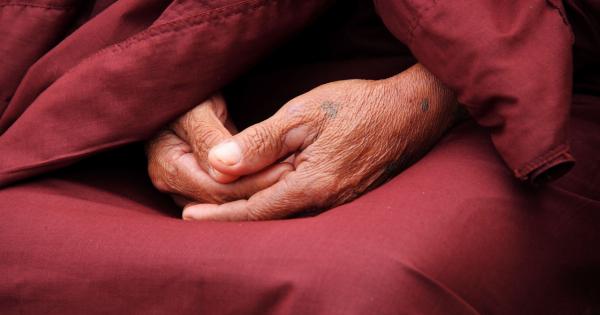Physical preferences can vary greatly among individuals, and this holds true for both men and women. In recent years, there has been a growing body of research exploring the role of size in women’s physical preferences.
This article aims to delve into this topic, examining the factors that influence these preferences and the implications they may have.
The Influence of Evolutionary Biology
One influential perspective suggests that women’s physical preferences may be shaped by evolutionary biology. According to this theory, certain physical traits in men may indicate their ability to provide resources and protect their offspring.
In this context, size has been linked to perceptions of strength and dominance, which are often considered desirable qualities in a potential mate.
Research has shown that when women are asked to rate the attractiveness of male figures, they tend to prefer those with a larger overall size, especially in terms of shoulder width and muscle mass.
These physical traits may signal a higher level of physical fitness and reproductive fitness, making them more appealing to women from an evolutionary standpoint.
Sociocultural Influences
While evolutionary biology provides a valuable framework for understanding women’s physical preferences, it is essential to acknowledge the influence of sociocultural factors as well.
Beauty standards, media representations, and societal norms can greatly impact women’s preferences when it comes to physical size.
In many societies, a slim and slender figure is often depicted as the idealized female body type.
This preference for thinness has been reinforced through media portrayals and advertising, leading many women to internalize these standards and seek partners who conform to them.
However, it is important to note that beauty ideals are not universal, and they can vary across cultures and time periods. In some cultures, larger body sizes may be celebrated and considered more attractive.
These differences highlight the influence of sociocultural factors in shaping women’s physical preferences.
Individual Differences
While evolutionary and sociocultural factors can provide insights into women’s physical preferences, it is essential to recognize that individuals differ in their preferences.
What one woman finds attractive may differ greatly from another’s preferences.
Research has shown that individual experiences, personal values, and unique life circumstances can all contribute to shaping an individual’s physical preferences.
Factors like past relationships, personal experiences of body image, and social circles can influence what individuals find attractive.
The Role of Personality
Beyond physical appearance, personality traits can play a significant role in attracting women.
While physical size may initially capture attention, qualities like kindness, humor, intelligence, and emotional stability are often highly valued in a long-term partner.
Several studies have indicated that women may prioritize these personality traits over physical attributes when choosing a long-term partner.
Preferences for these traits may vary greatly among individuals, highlighting the importance of considering personality alongside physical appearance.
The Body Acceptance Movement
With the rise of the body acceptance movement in recent years, there has been a shift in societal attitudes towards body size and shape.
This movement aims to promote self-acceptance and challenge traditional beauty standards that may be harmful to individuals’ mental well-being.
The body acceptance movement encourages individuals to embrace a diverse range of body sizes and reject unrealistic beauty ideals.
As a result, women’s physical preferences may also be evolving, with a greater appreciation for diverse body types and sizes.
Conclusion
When examining women’s physical preferences, it is crucial to consider a range of factors, including evolutionary biology, sociocultural influences, individual differences, personality traits, and societal movements.
While size may play a role in attracting women, it is by no means the defining factor. Preferences can vary greatly among individuals, and it is essential to respect and value the diversity of women’s physical preferences.




























